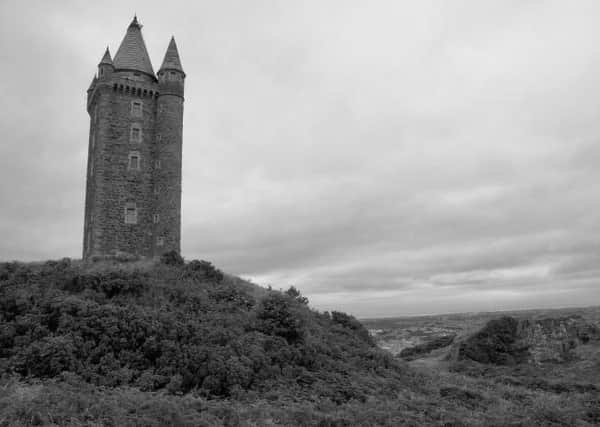THROUGH THE ARCHIVES: Inspection of Special Constabulary at Newtownards


It was reported by the News Letter on this day in 1920 that two platoons of the Special Constabulary leave to take up duty in Co Down and that a final inspection by the Divisional Commissioner, Colonel C G Wickham, DSO, had been held at the camp at Newtownards the previous day.
A number of prominent people were invited witness the interesting ceremony, amongst the visitors being the Lord Mayor Belfast, Mr W F Coates, JP, who was accompanied Sir Frederick Moneypenny, his private secretary; the High Sheriff, Mr W G Turner, Sir Ernest Clark, assistant under secretary; the City Commissioner Mr J Gelston, and Lieutenant-Colonel W B Spender, DSO, MC.
Advertisement
Hide AdAdvertisement
Hide AdThe visitors were received Major J D M McCallum, DSO, Camp Commandant, and Captain D J Carlisle, adjutant, and amongst other officers present were County- Inspector R D Harrison and Major David A W Ker.
The weather, noted the News Letter, was “happily, favourable for the occasion”, and those who had the privilege of being present formed the highest opinion the men, “who presented splendid appearance”.
The News Letter’s correspondent wrote: “There was an appropriate setting for the memorable scene. Standing like sentinel overlooking the camp was the Scrabo monument erected the memory of the third Marquis of Londonderry, who was the companion-in-arms of the Duke Wellington during the Peninsular War.
“The parade took place part of the training ground of the famous 36th (Ulster) Division, and platoons, which were composed of ex-service men, included many who had served in that distinguished formation. There were men in the ranks whose beribboned tunics bore evidence of the gallant part they had played in the great struggle in France and Flanders. Some, too had taken part in the South African campaign, and one frequently observed the ribbons decorations for gallantry such as the Distinguished Conduct Medal and the Military Medal for bravery in the field, in addition to French and Belgian awards and the Meritorious Service Medal.
“A number of those on parade had faced death for many months in the Ypres salient, and to most of them the names of the Somme, Messines Bidge, Cambrai, and other battlegrounds were a stern reality.”
Comment Guidelines
National World encourages reader discussion on our stories. User feedback, insights and back-and-forth exchanges add a rich layer of context to reporting. Please review our Community Guidelines before commenting.